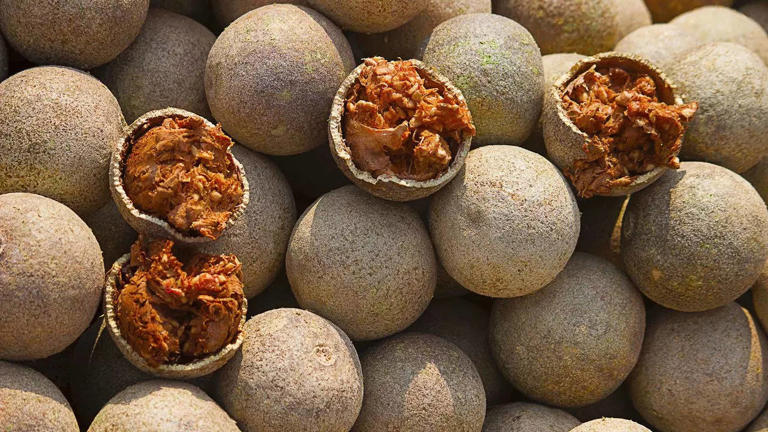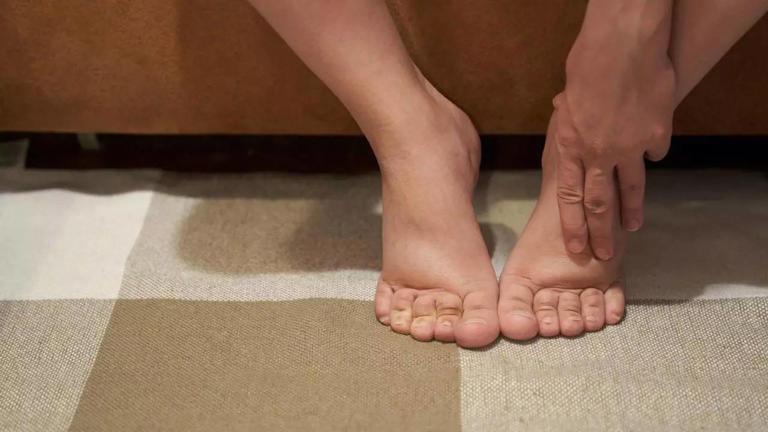Understanding breast cysts: Warning signs you should never neglect
If you ever feel a lump or notice changes in your breasts, know that it could be warning sign of breast cysts, a common condition that affects many women worldwide. Recognising these symptoms is important , as early detection can lead to timely intervention.
Causes of breast cyst
Breast cysts are fluid-filled sacs that form within the breast tissue. While their exact cause remains unclear, hormonal fluctuations are believed to play a significant role. Hormonal changes during menstrual cycles can cause cysts to develop and fluctuate in size, often causing discomfort and concern.
Here are 6 warning signs to look out for:
Breast lumps: One of the primary warning signs of breast cysts is the presence of lumps or masses in the breast tissue. These lumps may feel round or oval-shaped and can vary in size. According to studies published on PubMed, breast cysts often present as palpable masses that may be tender or painful to touch.
Pain in the breast: If you experience breast pain or tenderness, especially in specific areas of the breast, you should not ignore this symptom. Breast cysts can cause discomfort, ranging from mild to severe, and may worsen before menstruation due to hormonal changes.
Swelling of breast: Noticeable swelling or enlargement of the breast, particularly in one area, can indicate the presence of a cyst. This swelling may be accompanied by tenderness or soreness, affecting daily activities and causing discomfort.
Changes in breast skin: Changes in the appearance or texture of the skin overlying the breast can serve as a warning sign of breast cysts. These changes may include redness, dimpling, or puckering of the skin.
Nipple discharge: Unusual discharge from the nipple, particularly if it is clear or bloody, should not be ignored. While not all nipple discharge is indicative of breast cysts, it can be a concerning symptom that demands medical attention for proper diagnosis and management.
Changes in breast sensation: Any alterations in breast sensation, such as increased sensitivity or numbness, should prompt further evaluation. These changes may accompany other warning signs of breast cysts and should not be ignored.
This is only for your information, kindly take the advice of your doctor for medicines, exercises and so on.
https://gscrochetdesigns.blogspot.com. one can see my crochet creations
https://gseasyrecipes.blogspot.com. feel free to view for easy, simple and healthy recipes
https://kneereplacement-stickclub.blogspot.com. for info on knee replacement
https://cancersupportindia.blogspot.com for infor on cancer and health related topics
https://GSiyers
home remedies.blogspot.com is the latest addition to my blogs. I'm
going to add posts there, do give me your valuable feed back on my
blogs. Thanks a lot, take care, be healthy and be happy.
Labels: breast cyst- warning signs- breast lumps, changes in breast sensation, changes in breast skin, nipple discharge, pain in breast, swelling of breast

 swelling- itching
swelling- itching









